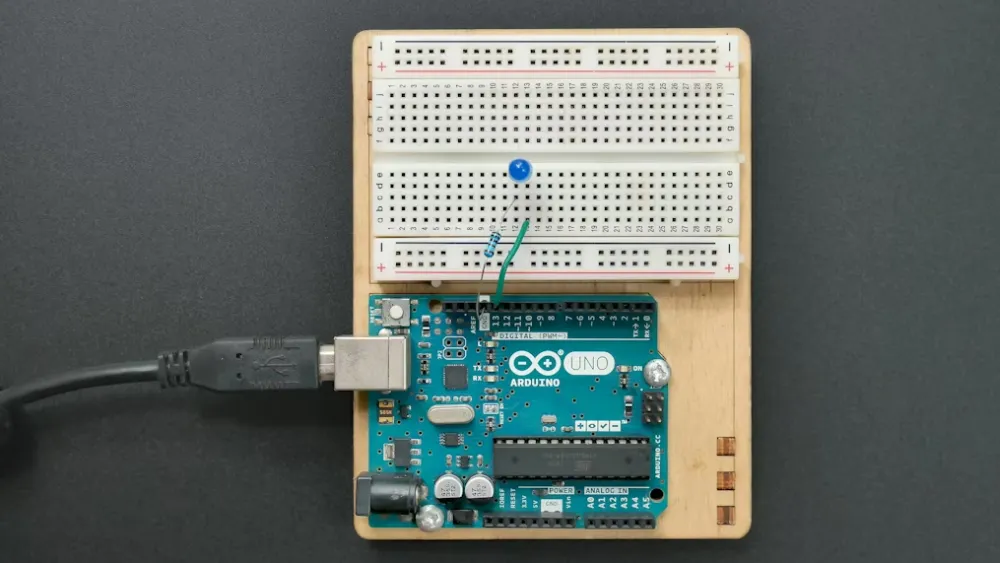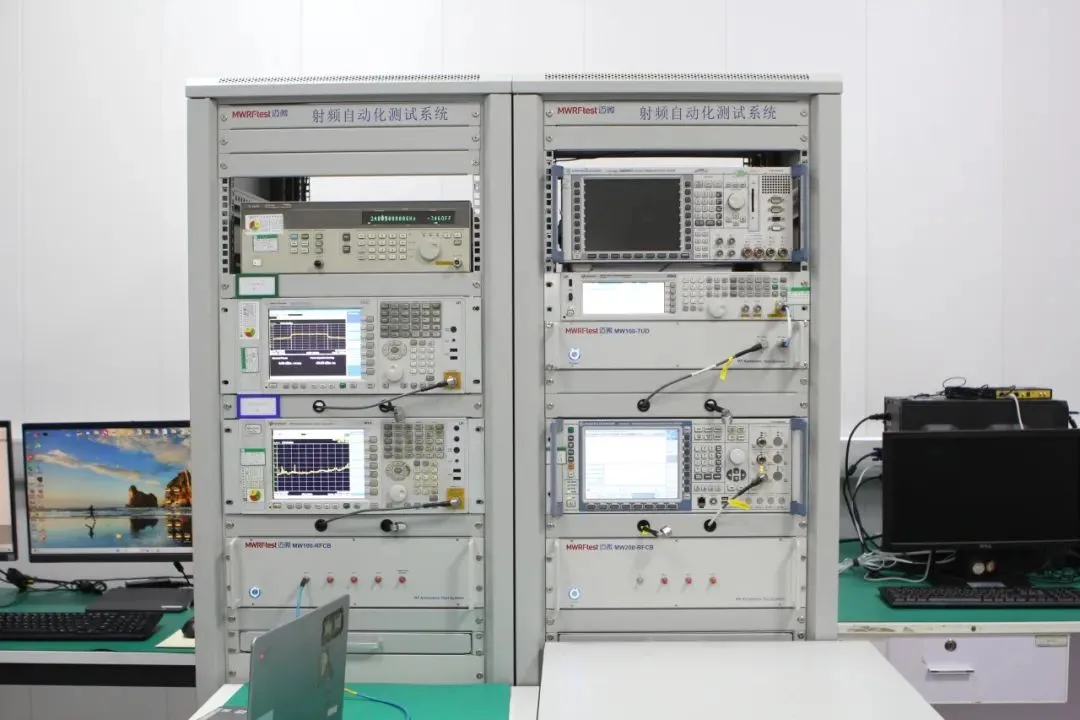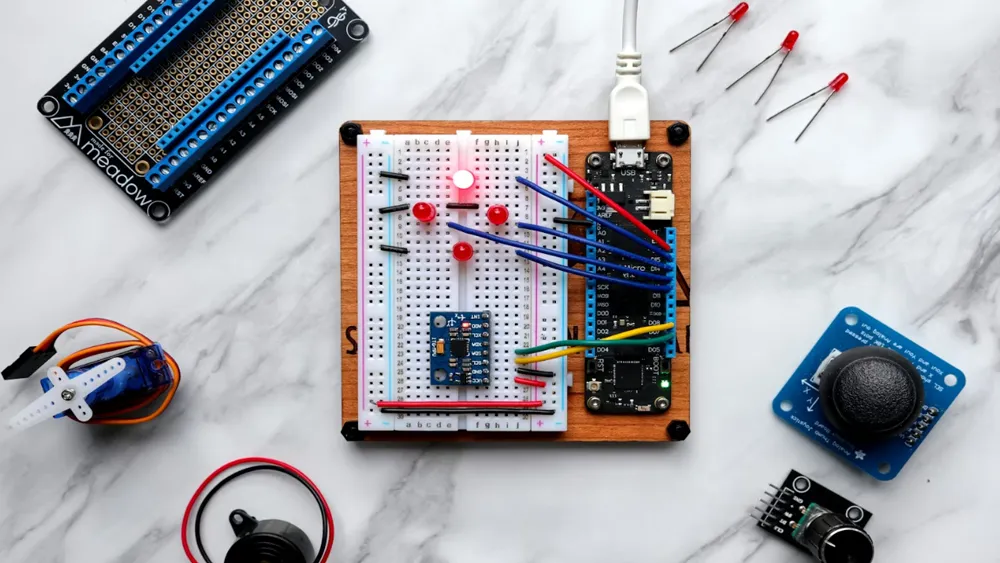
Children's Product Certificate for Amazon
Recently, Amazon's U.S. site mandated that all children's toys and products must have a Children’s Product Certificate (CPC). The CPC is similar to the COC certificate and is requiRED for categories like toys and baby products. Without a CPC, these products cannot be sold.

Basic Requirements for Amazon US
CPC Requirements:
1. The CPC must be based on test resULts from a CPSC-recognized third-party laboratory.
2. The CPC is issued by the seller, though third-party labs can assist in drafting it.
3. Children's products must comply with all relevant safety rules and regulations.
4. Information required on the CPC:
- Product information (name and description)
- Applicable regulations and standards
- Manufacturer information: name, address, and phone number
- Production date and location, specifying the city and year/month of manufacture
- Testing time and location
- Third-party testing facility information: name, address, and contact details
Additional Information for Export:
1. Product information (name and description)
2. Applicable regulations and standards
3. Importer or U.S. manufacturer information: name, address, and phone number
4. Contact information for the person holding the test results: name, address, email, and phone number
5. Production date and location
6. Testing time and location or the test report the certificate is based on
7. Third-party testing facility information: name, address, and contact details
CPSC Standards and Testing Content
CPSC has published 38 standards, which include:
1. cpsia total lead and phthalates
2. ASTM F963 toy safety standard
3. 16 CFR Part 1505 electrical toy safety standard
4. 16 CFR Part 1510 rattle toy requirements
5. 16 CFR Part 1511 pacifier safety standard
6. Flammability standards for children's clothing, carpets, etc., such as 16 CFR Part 1610
7. Standards for infant products like strollers, cribs, playpens, carriers, safety seats, and bicycle helmets
Common Product Testing Recommendations:
Toys:
1. CPSIA total lead and phthalates
2. ASTM F963 toy safety standard
3. 16 CFR Part 1501 small parts (covered by ASTM F963 for toys)
4. 16 CFR Part 1510 rattle toy requirements (for rattle toys, covered by ASTM F963)
5. 16 CFR Part 1505 electrical toy safety standard (for electrical toys)
Children's Clothing:
1. CPSIA total lead and phthalates
2. 16 CFR Part 1501 small parts
3. 16 CFR Part 1610 flammability of textiles
4. 16 CFR Part 1615 flammability of children's sleepwear, sizes 0-6X
5. 16 CFR Part 1616 flammability of children's sleepwear, sizes 7-14X
Pacifiers:
1. CPSIA total lead and phthalates
2. 16 CFR Part 1501 small parts
3. 16 CFR Part 1511 pacifiers
Other Children's Products:
Testing for CPSIA total lead and phthalates is recommended, especially for products like strollers, cribs, playpens, carriers, safety seats, and bicycle helmets.
Importance of Children's Product Safety
Ensuring the safety of children's products is crucial, as it impacts econoMIC losses, brand reputation, and most importantly, the safety and well-being of children.
Common Questions About CPC:
1. What is Certification?
Certification involves issuing a written Children's Product Certificate (CPC), where manufacturers or importers certify that their children's product complies with all applicable safety rules and regulations. The certification must be based on passing test results from a third-party laboratory.
2. Who Must Issue the CPC?
Manufacturers or importers are responsible for drafting and issuing the CPC based on third-party test results. Importers must issue CPCs for overseas-produced products, while U.S. manufacturers issue CPCs for domestically produced products.
3. CPC Costs
Creating a CPC does not incur any fees. It can be drafted using a word processing document or other systems. No cost is required for government submission of the CPC, and CPSC offers a free small business ombudsman for assistance.(Email:hello@jjrlab.com)
4. Who Should Receive the CPC?
Manufacturers or importers must provide the CPC to their distributors and retailers. The CPC must also be available to the CPSC and the Customs Director upon request.
5. Where to Submit the CPC?
There is no requirement to submit the CPC to the government. The CPC must accompany the product shipment and be available to distributors, retailers, the CPSC, and Customs upon request.
6. Direct Sales to Consumers
If selling directly to consumers without using retailers or distributors, manufacturers or importers do not need to provide the CPC to the consumers.
7. CPSC Sample CPC
CPSC provides a sample CPC and a model to guide the drafting process, though manufacturers can create their own as long as it meets all requirements.
8. CPC Covering Multiple Safety Rules
A CPC can certify compliance with multiple safety rules and regulations for a product.
9. Testing Basis for CPC
The certificate must be based on passing test results from sufficient product samples tested by a CPSC-accepted laboratory.
10. CPC Requirement for Each Shipment
A CPC is required for each product shipment, whether imported or domestically manufactured. Electronic certificates are acceptable if they meet specific criteria.
11. Use of Foreign Manufacturer's CPC
Importers cannot pass through a foreign manufacturer's CPC but can use foreign test results or certificates for their own CPC issuance, provided they ensure the validity of the results.
12. Use of Electronic Certificates
Electronic certificates are permitted if they meet all legal requirements and are accessible to the CPSC.
13. Updating CPC for Each Shipment
A single CPC can cover multiple batches or shipments if there are no significant changes. The certificate must describe the product date range covered.
14. Signing the CPC
The CPC does not require a signature. Issuing the certificate itself is a legal compliance act.
15. Small Batch Manufacturers
Small batch manufacturers must certify their products comply with applicable safety rules and can base their CPC on first-party testing or other qualifying results.
16. Penalties for Non-compliance
Violations of CPC requirements can result in civil and criminal penalties and asset forfeiture.
Email:hello@jjrlab.com
Write your message here and send it to us
 Brazil ANATEL & INMETRO Certification Guide
Brazil ANATEL & INMETRO Certification Guide
 Automotive-Grade Active Crystal AEC-Q200 Certifica
Automotive-Grade Active Crystal AEC-Q200 Certifica
 How to Comply with EU GPSR
How to Comply with EU GPSR
 U.S Cosmetics Require FDA Registration for Customs
U.S Cosmetics Require FDA Registration for Customs
 Interpretation of IEC/EN/AS 62477-1:2022 Standard
Interpretation of IEC/EN/AS 62477-1:2022 Standard
 What is Amazon TIC and How Can Sellers Achieve Com
What is Amazon TIC and How Can Sellers Achieve Com
 2026 Battery UN38.3 Certification (Test Report) &a
2026 Battery UN38.3 Certification (Test Report) &a
 What is the IEC 62680 Standard? Compliance Interpr
What is the IEC 62680 Standard? Compliance Interpr
Leave us a message
24-hour online customer service at any time to respond, so that you worry!




